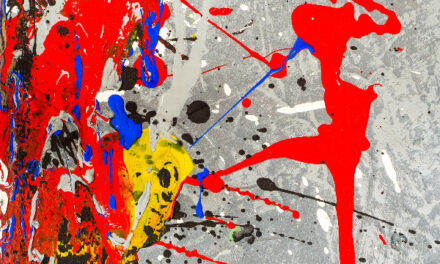Listen to this blog
Introduction
Cubism emerged in the beginning years of the 20th century, when artists like Pablo Picasso, Georges Braque and Juan Gris pioneered a new style which revolutionised art and culture around the world. It’s considered to have been one of the most influential art movements in modern history – having inspired hundreds if not thousands of artists ever since its emergence – although only a few people can actually appreciate its true beauty even today!
The Artist: Pablo Picasso (1898-1973) – Spanish painter and sculptor. He began his art career in his late teens, and at the age of 23 his work was exhibited in 1909, where he quickly found success with his painting Les Demoiselles d’Avignon. After this, he was quickly recognised as one of the greatest artists of the time. His paintings and sculptures are characterised by the exploration of form, space and movement, and his unique Cubist style – characterised by simplified geometric forms – changed artistic standards around the world. Picasso’s innovative and unconventional style of painting, sculpture and ceramics was unique at the time, and his style was later known as Cubism – a term he coined himself.
The Early Influences
Pablo Picasso’s early artistic influences came from other artists of the day, including Georges Braque and Juan Gris. Both artists were cubists, but as an artist who’s style was inspired by the cubist movement, Picasso was able to work in both abstract and representational forms. Picasso’s early influences inspired him to break away from conventional painting techniques, and creating his own style of art.
The Early Style
The original Cubist style comes from the group of artists that comprise the Cubism movement, but Picasso’s own artistic style – which combined abstraction and realism – is one of the most famous and influential styles in the field of modern art. Cubism – a term Picasso coined himself – was an artistic style that emerged in the early 20th century, and reflected the attitudes and social consciousness of the early 20th century. Cubist paintings are characterised by the use of contrasting colours, geometric shapes and simplified figures, and Picasso was particularly interested in exploring how shapes were incorporated into his paintings.
The Significance
The Cubism movement had an enormous impact on artistic standards around the world. Cubism was a new way of painting, and Picasso’s later paintings and sculptures exemplify the creativity and innovation that characterised the movement. Cubism was a movement that was directly inspired by Picasso himself, and his influence is still felt in the work of artists today.
The Influence
Cubism was influential in many ways – apart from helping create modern painting techniques, it inspired and influenced other movements – including the Surrealists, Dadaists and Pop Art. Cubism also helped create new ways of interpreting art, and helped to dissolve boundaries – blurring the distinction between fine and applied arts. The Period: Cubism emerged at the beginning of the 20th century, but Picasso and Braque were painting in the style of cubism even before the movement met. However, the main period of the Cubist movement is considered to be the years between 1909-1914. This is when Picasso and Braque were working at their finest, and when cubism became a significant artistic movement.
It was during this period that Picasso’s artistic career really took off. There were other Cubist artists working at the time, including Juan Gris and Georges Braque, but Picasso and Braque were the two most famous and influential artists within the movement.
The Legacy
Cubism was incredibly influential, helping shape the art world in the 20th century. Picasso’s influence is still felt to this day – his unique style of painting, sculpture and ceramics will forever be remembered as a significant style in the field of modern art.




